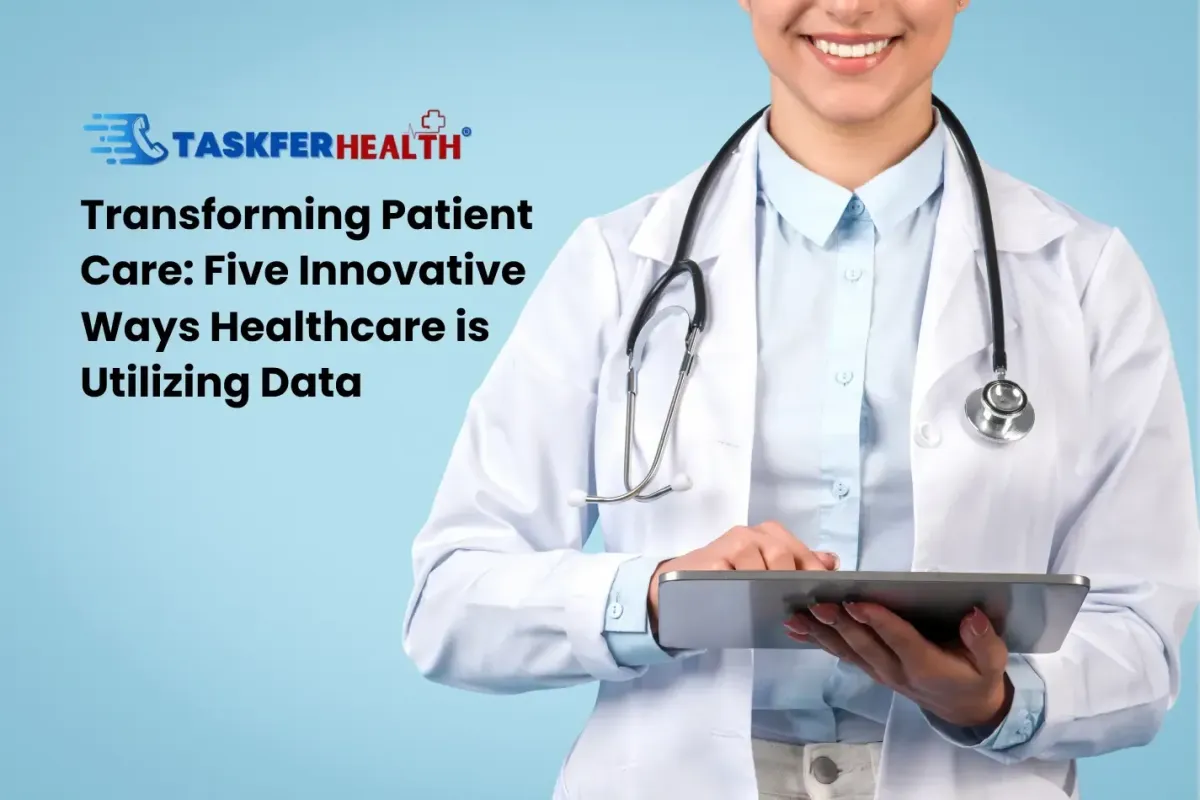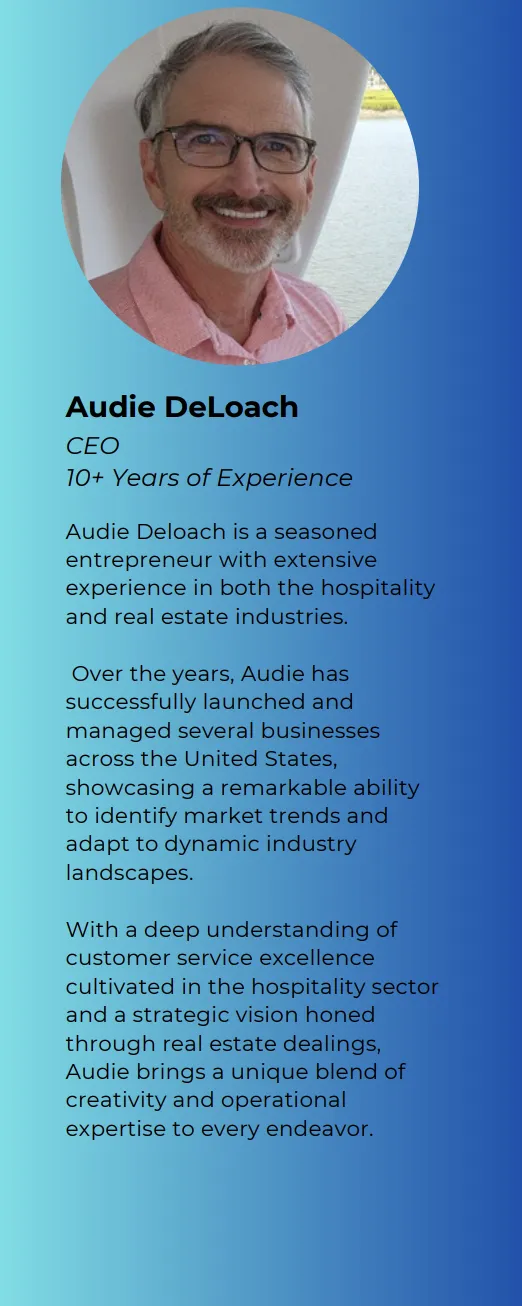
Taskfer Health Transforming Patient Care: Five Innovative Ways Healthcare is Utilizing Data
In the fast-paced landscape of modern healthcare, the integration of data capture and analytics has become a revolutionary force. Healthcare organizations globally are tapping into the vast capabilities of data analytics to transform their patient care initiatives. By leveraging data, these organizations are not only enhancing medical outcomes but also improving operational efficiency and ultimately saving lives. This blog post explores how healthcare providers are effectively incorporating big data into their patient care strategies.
1. Tailored Treatment Plans
With the advent of data analytics, healthcare professionals can now develop treatment plans that are uniquely tailored to each patient. By analyzing extensive datasets—including medical histories, genetic profiles, lifestyle choices, and treatment results—healthcare providers can uncover patterns that inform the most effective treatment options for specific conditions. This data-driven methodology equips physicians with critical insights, leading to better patient outcomes and minimizing the reliance on trial-and-error approaches.
2. Proactive Disease Detection
Early detection of diseases is vital for effective health management. Healthcare organizations are harnessing big data analytics to assess various patient factors such as demographics, symptoms, laboratory results, and biometric data to identify trends indicative of potential illnesses. By pinpointing individuals at heightened risk early on, healthcare providers can take timely action to prevent disease progression, thereby enhancing patient outcomes.
3. Predictive Analytics for Preventative Measures
Data analytics empowers healthcare organizations to forecast disease outbreaks, recognize at-risk populations, and formulate preventative care strategies. By sifting through large datasets from patient records, environmental factors, and social media, healthcare providers can identify patterns and early warning signs of outbreaks, enabling swift proactive responses. Furthermore, predictive analytics can highlight risk factors associated with chronic diseases, allowing for targeted preventative interventions.
4. Optimizing Healthcare Operations
Data capture and analytics can significantly enhance operational efficiency within healthcare settings. These technologies allow organizations to optimize resource allocation, cut costs, and streamline workflows. By analyzing data on patient flow, appointment management, and resource usage, healthcare providers can identify bottlenecks, improve staff deployment, and reduce patient wait times. Predictive analytics also assists in anticipating patient demand, allowing for better resource planning.
5. Continuous Remote Patient Monitoring
The convergence of data analytics and Internet of Things (IoT) devices has revolutionized the way patients are monitored remotely. Continuous collection of patient data—such as vital signs, medication adherence, and activity levels—enables healthcare providers to maintain close oversight of their patients from a distance. This proactive monitoring approach facilitates early interventions, particularly benefiting those with chronic conditions or those recovering from surgery.
Conclusion
The integration of data capture and analytics in healthcare has fundamentally transformed patient care delivery. By utilizing data, healthcare organizations can create personalized treatment plans, enhance early disease detection, strengthen preventative care strategies, optimize operations, and enable real-time remote monitoring. As data technologies continue to evolve, healthcare institutions are poised to uncover even more innovative solutions, paving the way for a future where patient care is more efficient, effective, and customized to meet individual needs.

